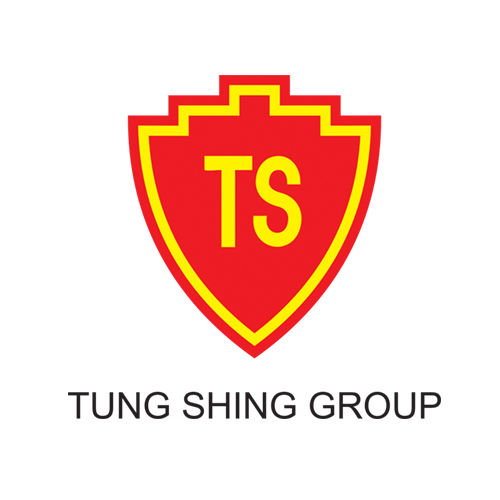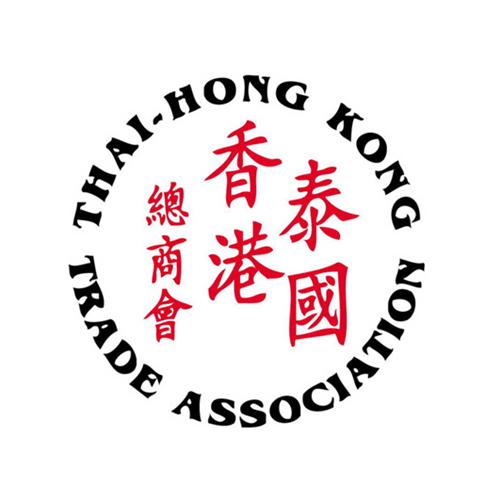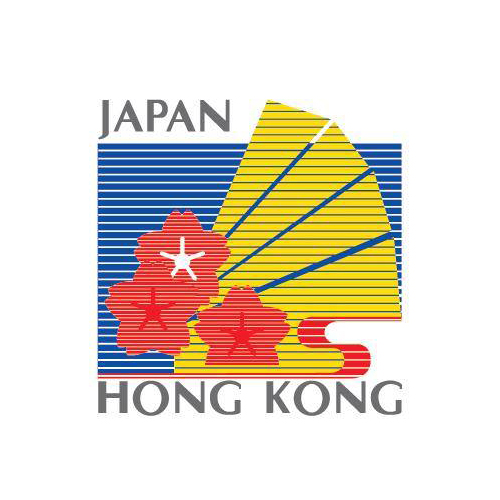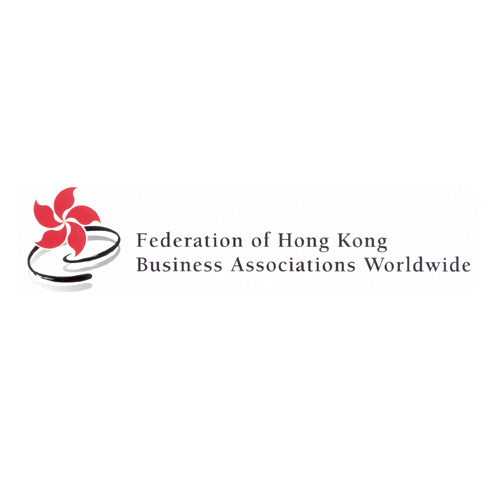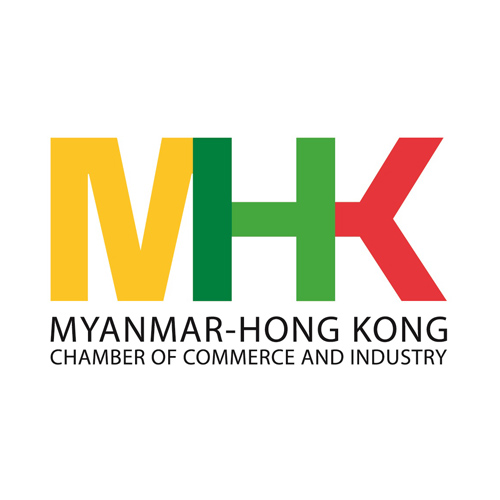Want to be in the loop?
subscribe to
our notification
Business News
TEXTILE-GARMENT SECTOR EXPERIENCES HARDSHIP
Local textile and garment firms are facing multiple obstacles due to global market uncertainty. Many of them have recorded low numbers of apparel orders and a sharp decline in the volume of fibers exported to the key market of China.
The Ministry of Industry and Trade has issued a report, noting that the U.S.-China trade tensions have affected currency exchange rates, resulting in higher prices for goods processed in Vietnam compared with those seen in other countries, such as South Korea and China. Local textile and garment products for export have been negatively affected.
According to some companies in the field, the number of new orders they received this year was only 70% of that seen in 2018. Further, China as the major buyer of Vietnamese fibers and materials has sharply reduced its imports.
Similarly, many large apparel firms said that they only received small orders, which were placed on a monthly basis, as of the middle of the year. Meanwhile, buyers in mid-2018 had already placed orders for the whole year.
The small orders were attributed to concerns among buyers over a possible escalation of the trade dispute between the world’s two largest economies, reported the Government news site.
During the year up to August, local firms produced an estimated 410 million square meters of fabrics made from natural fibers, up 10.5% year-on-year; over 780 million square meters of fabrics made from synthetic and artificial fibers, up almost 10%; and over 3,300 million casual clothing items, rising 8.9% versus last year.
The export turnover of textiles and garments during the eight months was pegged at US$21 billion, up 9.8% against the 2018 figure.
Despite the growth in both production and export activities, local firms should adopt various measures to cope with quickly changing orders from buyers, remarked a representative of the ministry.
Vu Duc Giang, chairman of the Vietnam Textile and Apparel Association (VITAS), confirmed that the local textile and garment sector has suffered losses since the last quarter of 2018, triggered by the trade dispute.
Alongside the declining export of fibers to the Chinese market, the sector came under pressure in terms of material supplies. Local firms have had to pay high costs for fabrics from China while having to lower prices for export orders.
In 2019, the country aims to earn some US$40 billion in export turnover of textile and garment products, targeting the United States as a major importer.
Local firms in the industry had actively bolstered fiber exports to Taiwan, South Korea, Japan and Middle Eastern countries, so the sector still saw a growth rate of nearly 10% in textile and garment export revenues during the year up to August despite the difficulties, said the VITAS chairman.
Source: The Saigon Times
Related News
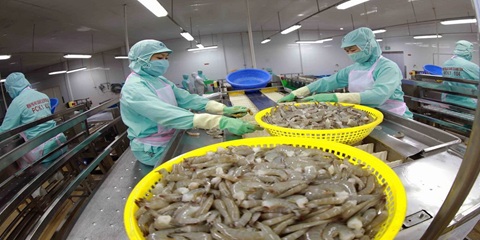
VIETNAM’S SEAFOOD EXPORTS HIT OVER US$10 BILLION IN JAN-NOV
Seafood export revenue in November alone amounted to nearly US$990 million, up 6.6% year-on-year. Key product groups posted solid gains. Shrimp exports rose 11.7% to over US$385 million, supported by strong demand for whiteleg shrimp and lobster. Tra fish shipments increased 9.7% to almost US$197 million, while marine fish, squid, and mollusk exports maintained their recovery.
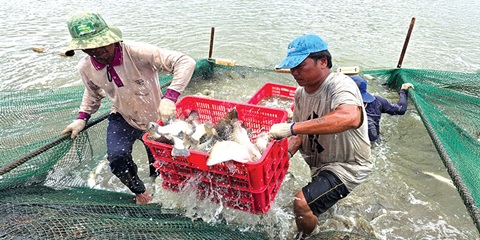
VIETNAM’S AGRO-FORESTRY-FISHERY EXPORTS HIT NEW RECORD IN JAN-NOV
Vietnam’s agro-forestry-fishery export revenue reached an estimated US$64.01 billion in the first 11 months of 2025, up 12.6% year-on-year and surpassing the full-year record of US$62.4 billion set in 2024. Agricultural exports reached US$34.24 billion, up 15% year-on-year, while livestock products brought in US$567.4 million, a 16.8% increase. Seafood exports rose 13.2% to US$10.38 billion, and forestry products earned US$16.61 billion, up 5.9%.

HANOI REPORTS RECORD-HIGH BUDGET REVENUE IN 2025
Hanoi’s budget revenue is estimated to reach VND641.7 trillion in 2025, the highest level ever recorded and nearly 25% above the revised target, according to a report by the municipal government. Data from the city’s socioeconomic performance review shows that total state budget collections in 2025 are projected to reach 124.9% of the adjusted plan and rise 24.9% from 2024, the Vietnam News Agency reported.
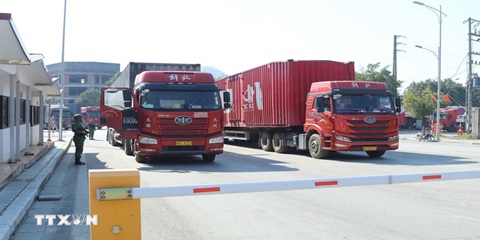
VIETNAM, CHINA TO PILOT TWO-WAY CARGO TRANSPORT AT LANG SON BORDER
Vietnam and China will launch a one-year pilot program on December 10 to allow two-way cargo transport through the Huu Nghi–Youyi Guan international border gates in Lang Son Province, reported the Vietnam News Agency. The Dong Dang-Lang Son Economic Zone Management Board said the trial aims to reduce transport costs and improve customs clearance capacity.

VIETNAM’S IMPORT-EXPORT VALUE NEARS US$840 BILLION IN JAN-NOV
The total value of Vietnam’s imports and exports was nearly US$840 billion between January and November this year, the highest level ever recorded, according to the National Statistics Office. In its latest report on the country’s socio-economic performance, the National Statistics Office highlighted a series of positive economic indicators, with trade emerging as one of the strongest drivers of growth.

OVER 19 MILLION INTERNATIONAL VISITORS COME TO VIETNAM IN JAN-NOV
Vietnam received more than 19.1 million international visitors in the first 11 months of 2025, a 20.9% increase year-on-year and the highest level ever recorded, according to the National Statistics Office. The figure surpasses the full-year record of 18 million arrivals set in 2019, before the Covid-19 pandemic. Nearly two million foreign visitors arrived in November alone, up 14.2% from October and 15.6% from the same period last year.










